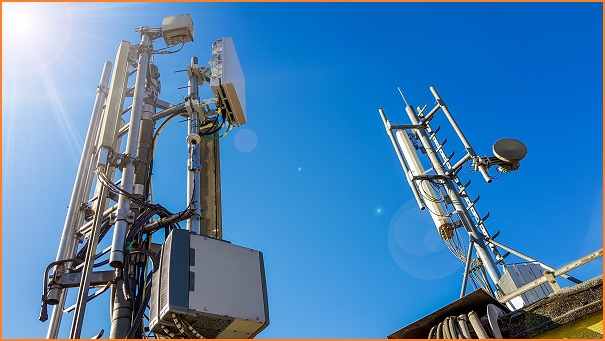The government will spend $9 million over four years to make sure people know 5G technology is safe.
More scientific research and public education programs have been earmarked as part of the program.
Minister for Communications, Paul Fletcher, said the spend was about addressing community concerns.
“The rigorous safety standards for mobile networks and devices in Australia draw on extensive scientific research into [electromagnetic energy] emissions, globally and in Australia, over many decades,” Fletcher said.
“Emissions from mobile networks and devices in Australia typically fall below the regulated limits by factors of a hundred or more.
“[Electromagnetic energy] levels from mobile networks and devices are typically at similar levels to familiar household devices such as microwave ovens and baby monitors.”
5G in Australia will initially operate on the 3.6GHz band.
Use of the higher frequency band – 26GHz – is yet to be auctioned by the Australian Communications and Media Authority.
Despite residing in the ‘extremely high frequency’ band of radio frequencies, 26GHz still resides within the bounds of non-ionising radiation which is considered harmless in the low levels of exposure produced the likes of 5G base stations.
Part of the government’s $9 million will go the Australian Radiation Protection and Nuclear Safety Agency (ARPANSA) for more scientific research about the dangers of radiation.
Dr Ken Karipidis, a scientist with ARPANSA, has said the higher frequencies of 5G will have a short depth of penetration into human tissue.
“Consequently, this energy is absorbed mostly within the skin where surface heating is the predominant effect.
“At these higher 5G frequencies, the limits in the ARPANSA safety standard are set to prevent excessive heating at the surface of the skin and the eye.
“In our community today there are a range of devices and applications that utilise higher frequencies, for example security screening units at airports, police radar guns to check speed, remote sensors and in medicine.”
ARPANSA joins international regulators, the World Health Organisation, and the International Commission on Non-Ionising Radiation Protection in confirming 5G does not pose any associated health risks.
Despite 5G technology receiving the tick of approval, upset citizens have troubled the rollout of 5G with opposition groups appearing around the country – dubbed the “anti-vaxxers of tech” by the Sydney Morning Herald.
Facebook groups like ‘We Say NO To 5G in Australia’ (11,000 likes) share memes about the supposed dangers of 5G and have encouraged their members to email the ongoing Parliamentary Inquiry into 5G in Australia.
These grassroots programs can be effective at slowing down the development of 5G networks.
In Greece, the Kalamata Council recently decided to halt the development of a 5G network in its district citing concerns over health risks and infertility.
Kalamata is one of three council districts in Greece where 5G was to be piloted.
Back in May, the New York Times linked 5G misinformation to a deliberate attempt by Russia to limit technological development in the states.
The Times cited instances of Russian state-funded news network, RT, that produced a series of sensationalised content for its American channels promoting the idea that 5G is unsafe.










